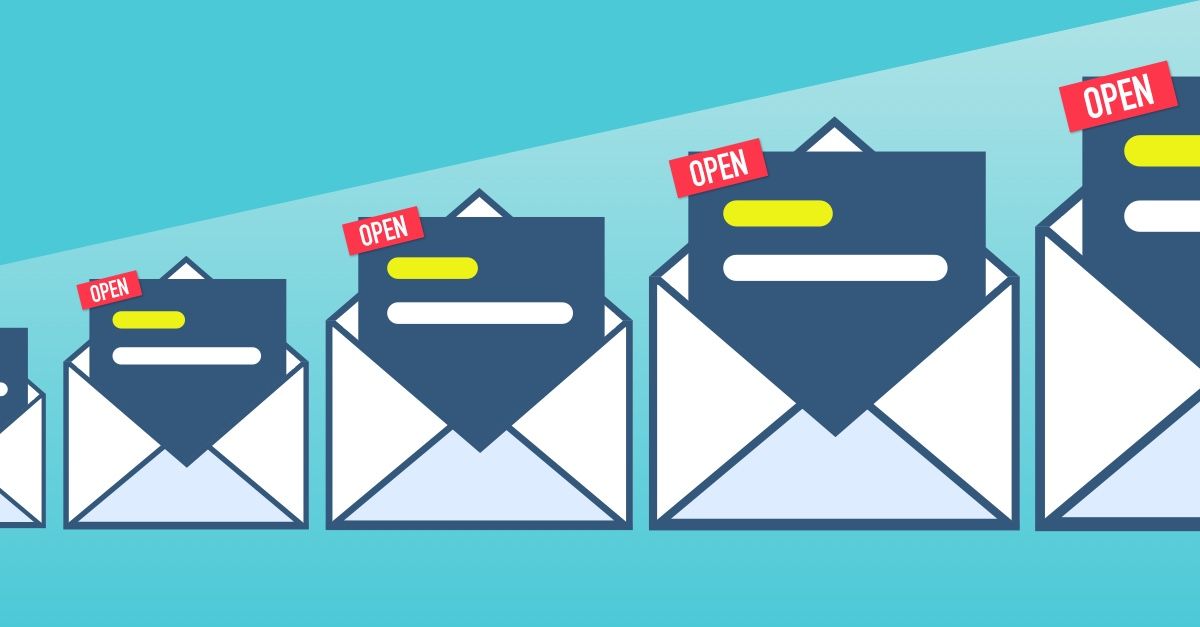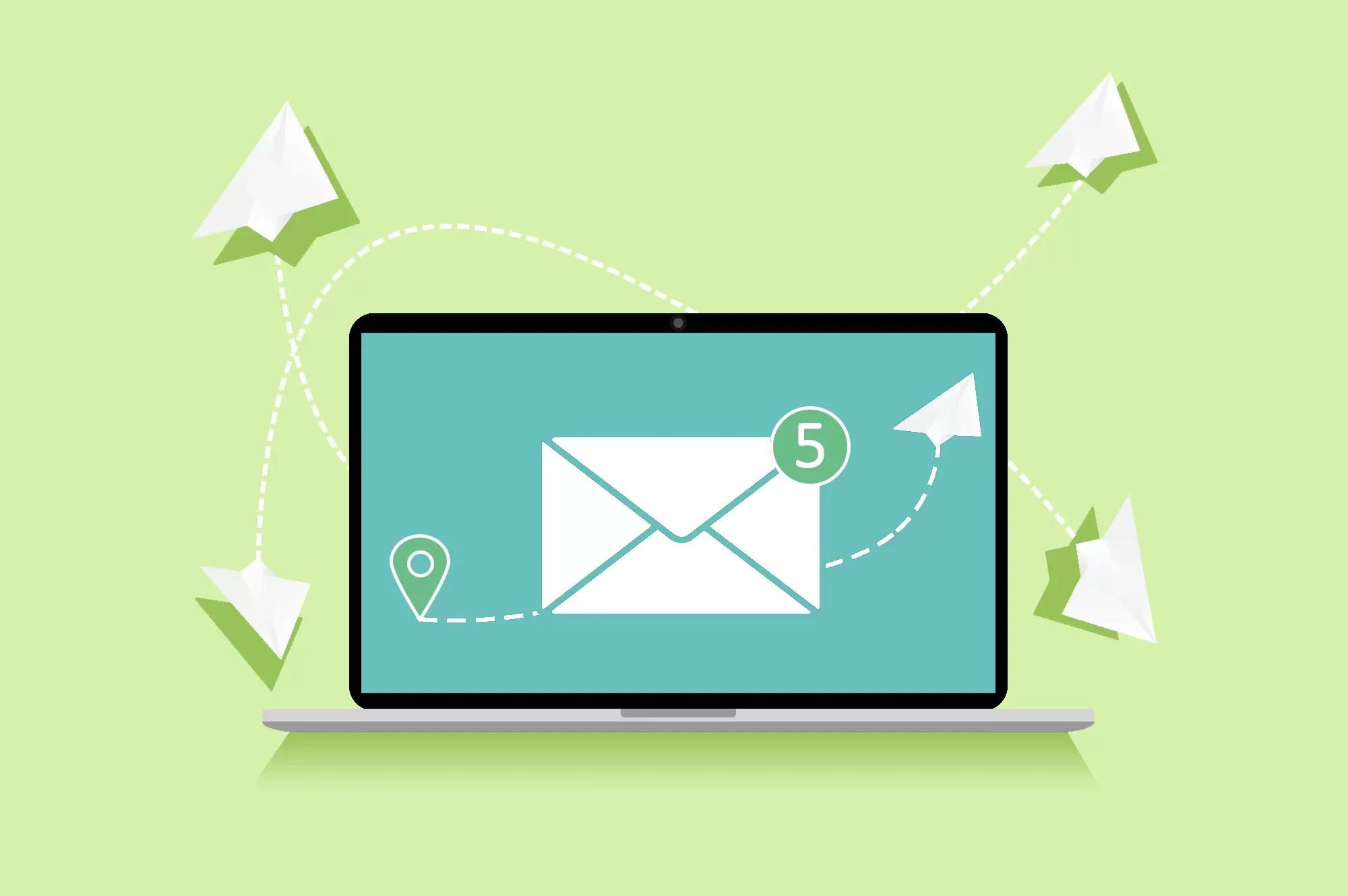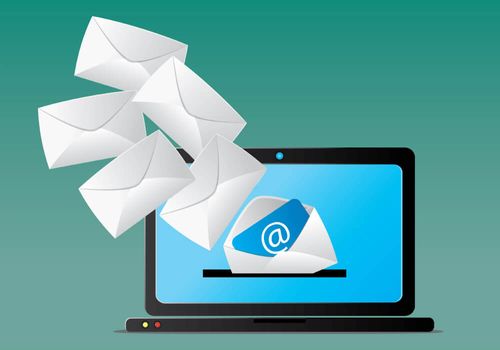In the realm of email marketing and communication, encountering email bounces is an all too common occurrence. Understanding what email bounces are, why they happen, and how to effectively handle them is crucial for ensuring successful email delivery and maximizing the impact of your campaigns. In this comprehensive guide, we will explore the world of email bounces, providing expert insights and practical strategies to help you navigate through delivery issues. By the end of this article, you'll have a thorough understanding of email bounces and the tools to optimize your email deliverability.
What is an Email Bounce?

An email bounce refers to the failure of an email to reach its intended recipient's inbox. Instead, it "bounces" back to the sender or is redirected to a specified bounce handling address. Bounces occur when the recipient's email server rejects the email, either due to temporary or permanent reasons. Let's delve into the two main types of email bounces: hard bounces and soft bounces.
Hard Bounces
A hard bounce occurs when an email fails to be delivered due to a permanent issue. This could be caused by reasons such as an invalid or non-existent email address, a blocked recipient server, or a domain that doesn't exist. Hard bounces indicate a definitive delivery failure and are unlikely to be resolved without taking corrective action.
Soft Bounces
On the other hand, soft bounces are temporary delivery failures. They occur due to issues that are generally temporary in nature, such as a full recipient inbox, a server experiencing temporary downtime, or a message size exceeding the recipient server's limits. Soft bounces indicate that the email has the potential to be delivered successfully in subsequent delivery attempts.
Common Causes of Email Bounces

Now that we understand the two main types of email bounces, let's explore some of the common causes behind them:
- Invalid Email Address: One of the most common causes of email bounces is sending emails to invalid or non-existent email addresses. This can happen if a recipient mistypes their email address or if an email list contains outdated or inaccurate information.
- Recipient Server Issues: Bounces can occur when the recipient's email server is experiencing temporary or permanent issues. These issues can range from server downtime to strict spam filters that reject incoming emails.
- Mailbox Full: If a recipient's mailbox is full, new emails will be bounced back to the sender. This often happens when individuals neglect to manage their mailbox and it reaches its storage limit.
- Blocked Sender: In some cases, the recipient's email server may have blacklisted or blocked the sender's email domain or IP address. This can occur if the sender has a history of sending spam or if the recipient server's security measures are too strict.
- Temporary Network Issues: Network connectivity problems or issues with intermediate mail servers can also lead to email bounces. These issues are often temporary and can cause delays or failures in email delivery.
Strategies for Handling Email Bounces
Now that we have identified the causes of email bounces, let's explore strategies for effectively handling them:
1. Maintain a Clean Email List
Regularly clean and update your email list to ensure that you are sending emails to valid and active addresses. Implement processes to verify email addresses upon signup and remove any addresses that consistently bounce.
2. Implement Double Opt-in
Utilize a double opt-in process, where subscribers confirm their email addresses by clicking a verification link. This helps to ensure that only valid and engaged subscribers are added to your list, reducing the likelihood of bounces.
3. Monitor Bounce Reports
Pay close attention to bounce reports provided by your email service provider or email marketing platform. These reports will identify specific email addresses that have bounced and provide information on whether the bounce is a hard or soft bounce.

4. Segment and Personalize Email Campaigns
Segment your email list based on factors such as engagement, preferences, or demographic data. By sending targeted and relevant content to specific segments, you can improve engagement and reduce the likelihood of bounces.
5. Optimize Email Content and Design
Craft well-designed emails with clear and concise content. Avoid using spam trigger words, excessive punctuation, or misleading subject lines that may trigger spam filters and result in bounces.
6. Monitor Sender Reputation
Maintain a good sender reputation by adhering to email best practices and avoiding spammy behaviors. Regularly monitor your sender score and reputation using reputable email deliverability tools.
7. Use Email Authentication
Implement email authentication protocols such as SPF (Sender Policy Framework), DKIM (DomainKeys Identified Mail), and DMARC (Domain-based Message Authentication, Reporting, and Conformance). These protocols help verify the authenticity and integrity of your emails, reducing the chances of them being marked as spam or bouncing.
8. Monitor and Address Bounce Rates
Monitor your bounce rates regularly and take appropriate action when they exceed industry benchmarks. High bounce rates can negatively impact your sender reputation and deliverability, so it's important to investigate and rectify the underlying causes.
9. Engage in List Hygiene Practices
Regularly clean your email list by removing inactive or unengaged subscribers. This helps maintain a healthy list with higher deliverability rates and reduces the chances of bounces.
Frequently Asked Questions (FAQs)
Q: Are email bounces always the sender's fault?: Not necessarily. While some bounces can be attributed to sender-related issues such as an invalid email address, the recipient server's policies and temporary issues can also cause bounces.
Q: How can I reduce the chances of email bounces?: Implement best practices such as maintaining a clean email list, using double opt-in, segmenting your campaigns, and monitoring sender reputation. These strategies can help minimize bounce rates.
Q: Should I remove bounced email addresses from my list immediately?: Yes, it is recommended to remove bounced email addresses from your list promptly. Continuing to send emails to addresses that consistently bounce can harm your sender reputation and deliverability.
Q: Can soft bounces turn into hard bounces over time?: Yes, soft bounces can occasionally turn into hard bounces if the underlying issue persists or if the recipient address is invalid or no longer exists.
Q: How can I identify the cause of a bounce?: The bounce message or report received will often include an error code or description that provides insights into the cause of the bounce. Analyzing these codes can help identify and address the specific issue.
Conclusion
Email bounces can be a frustrating obstacle in your email marketing efforts, but with the right strategies and practices in place, you can effectively handle delivery issues and improve your email deliverability. By understanding the causes behind email bounces, implementing list hygiene practices, and monitoring your sender reputation, you can minimize bounces and ensure that your messages reach the intended recipients. Remember to regularly update and clean your email list, optimize your email content and design, and utilize email authentication protocols to enhance your deliverability. With the knowledge gained from this comprehensive guide, you're now equipped to navigate the world of email bounces and achieve greater success in your email marketing campaigns.



